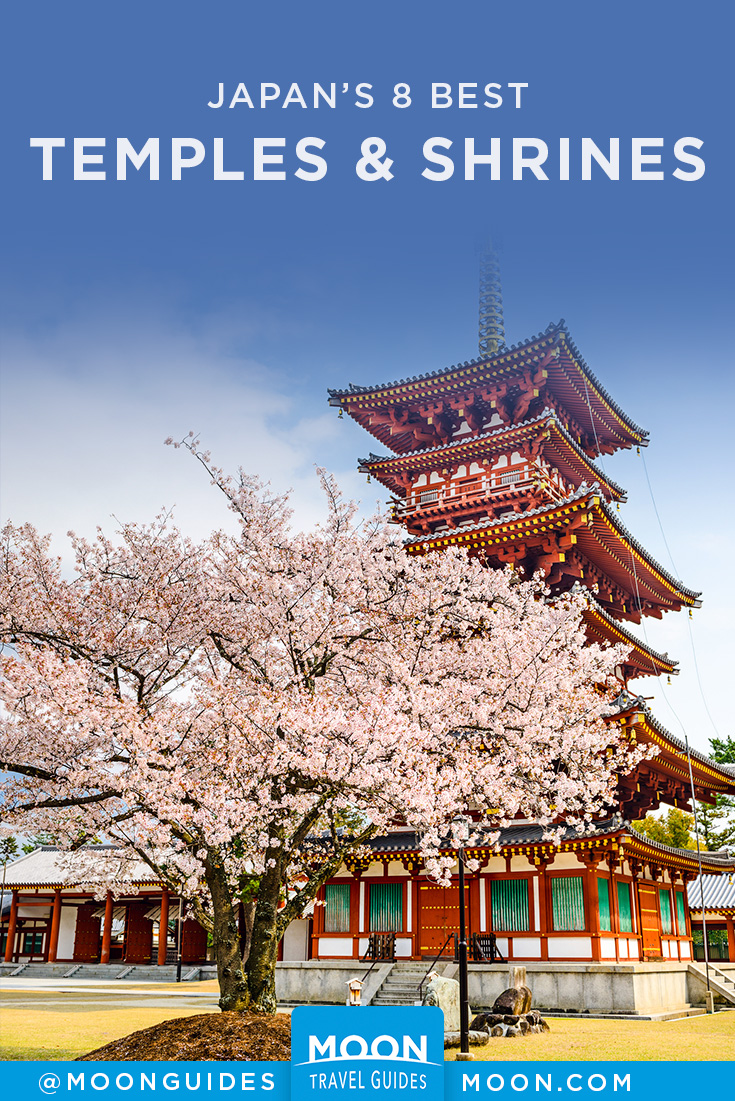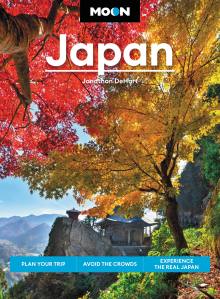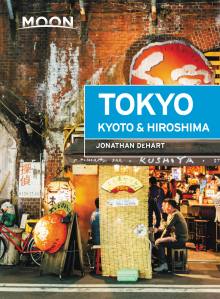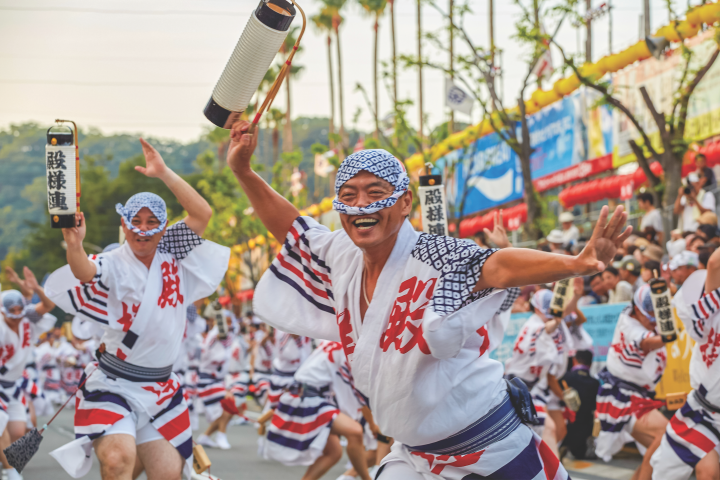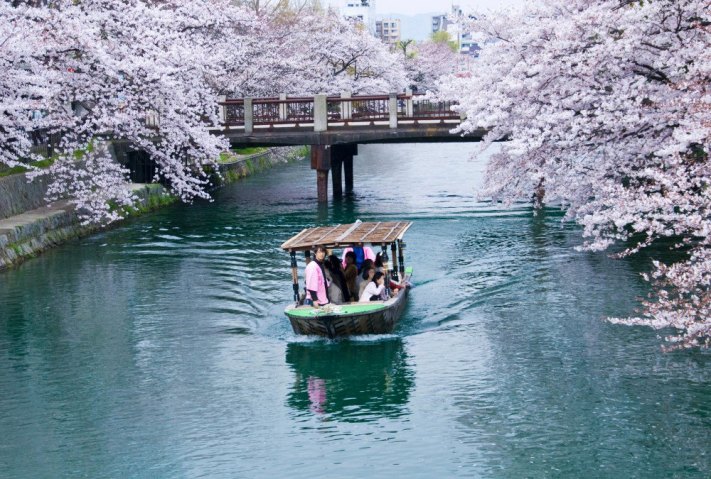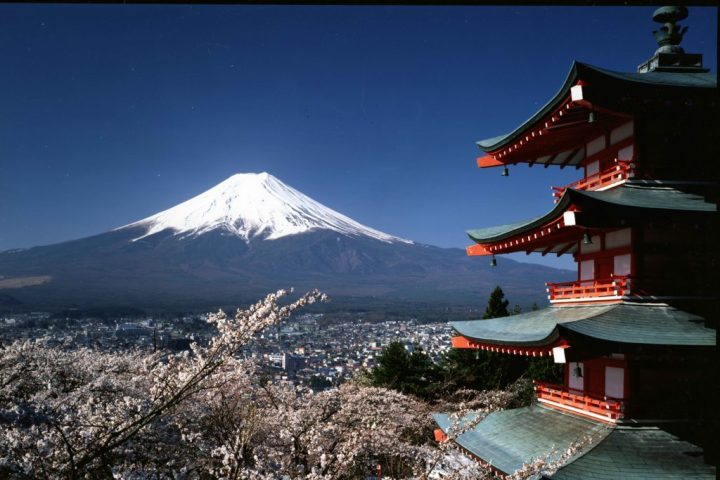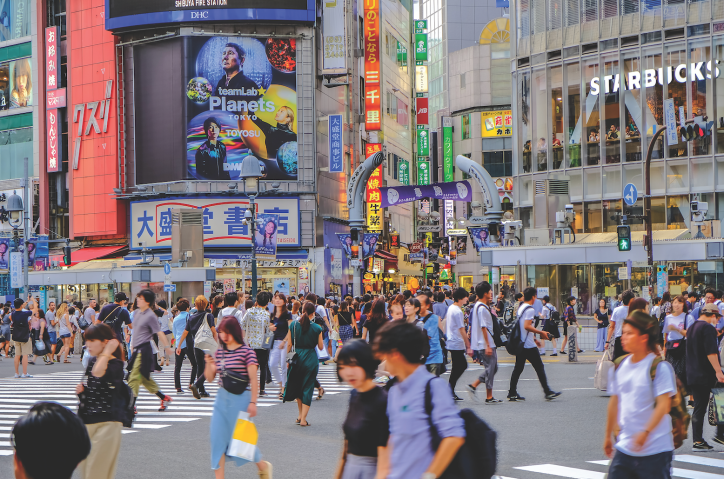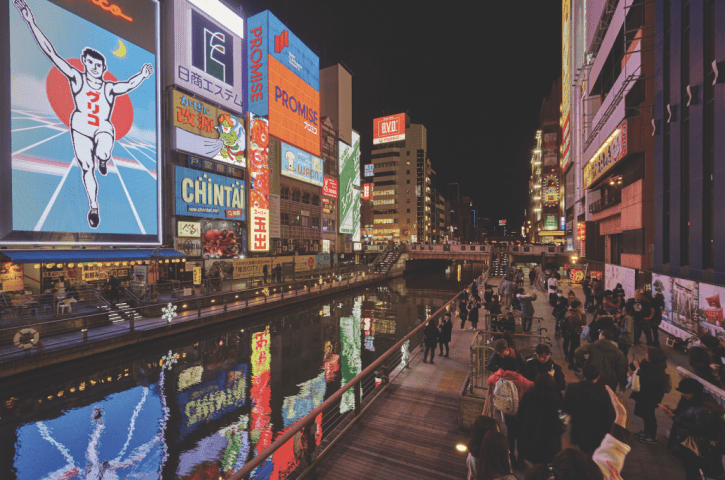Japan’s Best Temples and Shrines
With thousands of temples and shrines in Japan, it can be hard to decide which ones to fit into one short trip. To help you narrow it down, we’ve rounded up the best temples and shrines in Japan that you won’t want to miss.
What are Japanese temples called?
Need help keeping the names straight? In Shinto, the form of nature worship native to Japan, halls of worship are known as shrines (with names that include -jinja, -jingū, -gū, -hongū, Taisha, etc.), while in the case of the imported faith of Buddhism, they’re known as temples (with names that include -tera, -dera, -ji, -in, etc.).
Meiji Jingū

Tokyo’s top shrine is set within an expansive swathe of green in the heart of the city that makes for a pleasant stroll and reprieve from the din outside.
Fushimi Inari-Taisha
With a famous walking path lined by thousands of vermillion torii gates, this complex in southeast Kyoto is the head shrine dedicated to Inari, the god of rice.
Kinkaku-ji
Originally the house of a retired shogun, the upper two floors of this Zen Buddhist temple in Kyoto are coated in gold leaf, inspiring the name “the Golden Pavilion.”
Tōdai-ji
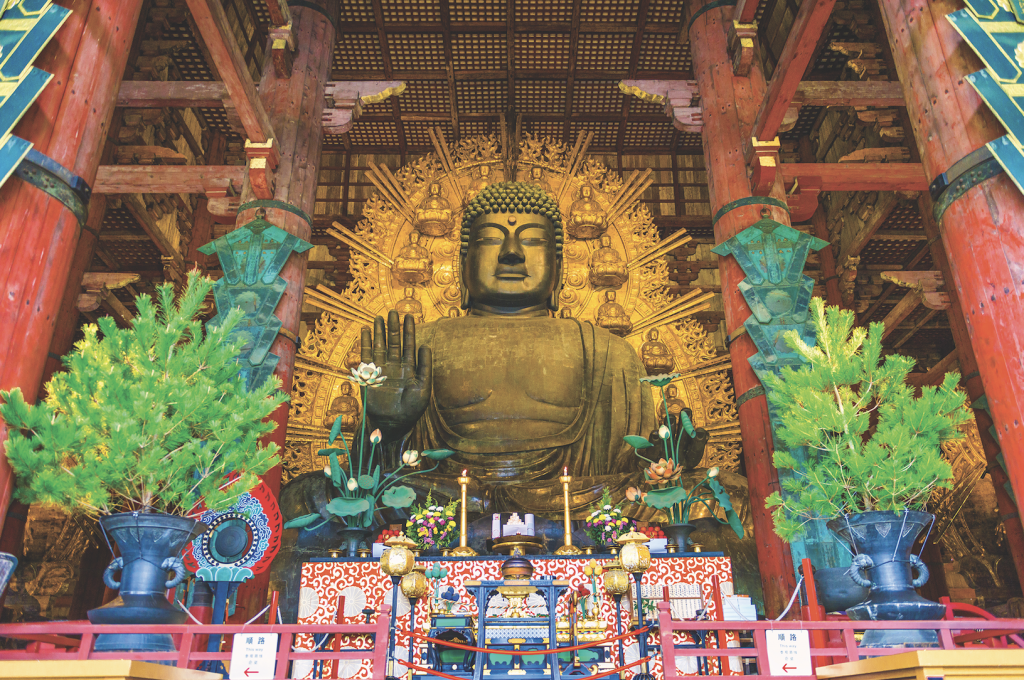
This temple in Nara is the largest wooden structure on earth, and it’s only two thirds the size of the original. It houses a 15-meter- (45-foot-) tall bronze Daibutsu (Great Buddha).
Okuno-in
Set amid soaring cedar trees, the cemetery, temple, and mausoleum is full of fierce guardian deities, moss-encrusted stone monuments, and stone lanterns.
Itsukushima-jinja
This shrine on the island of Miyajima near Hiroshima is famed for its torii gate that seemingly floats on the Inland Sea during high tide.
Ise-Jingū
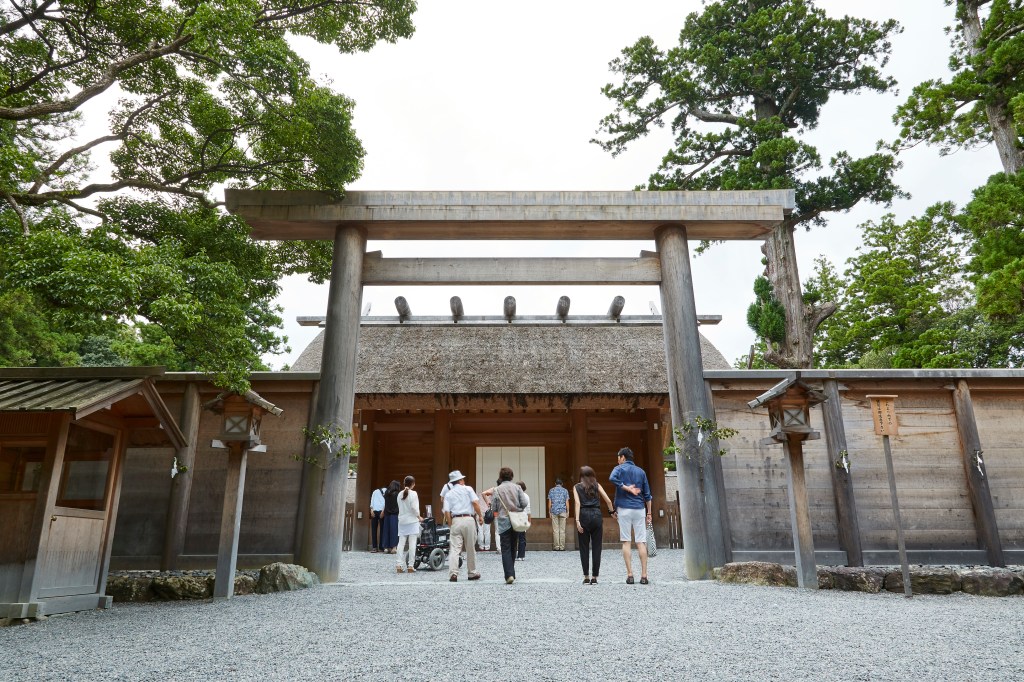
Shinto’s holiest shrine, Ise’s spell is woven through its sheer simplicity. The shrine has been dismantled and rebuilt every 20 years for the past 1,300 years.
Yamadera
This remote temple complex sprawls over a mountainside in deep Tohoku, reached by a steep path lined by stone lanterns and Buddhist statuary.
Start planning your adventure today:
By clicking ‘Sign Up,’ I acknowledge that I have read and agree to Hachette Book Group’s Privacy Policy and Terms of Use
What to read next:
Pin it for Later
